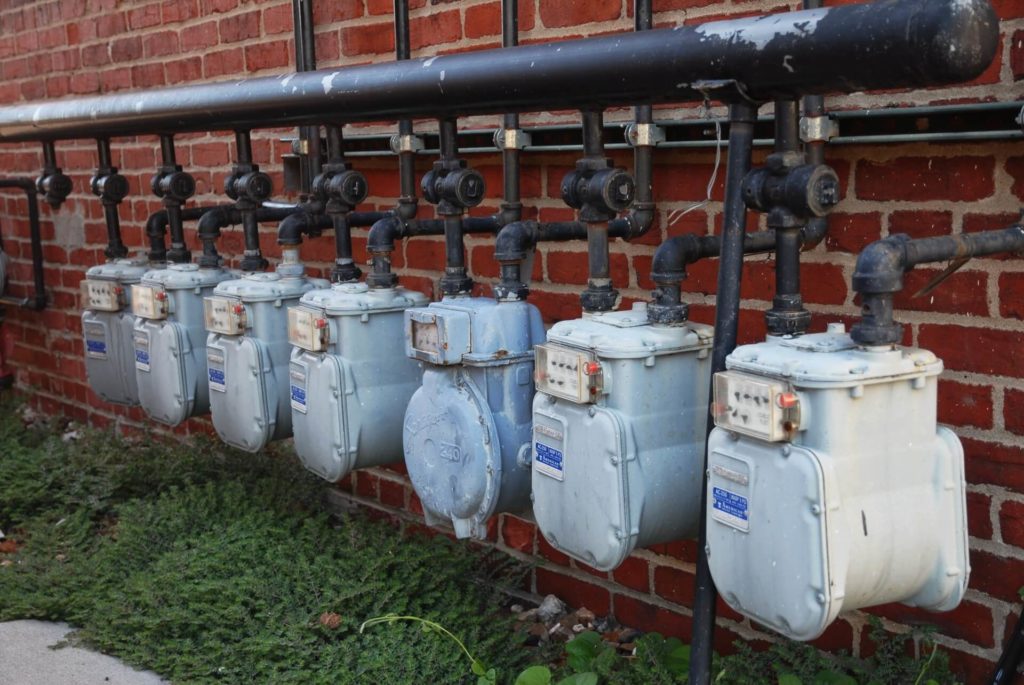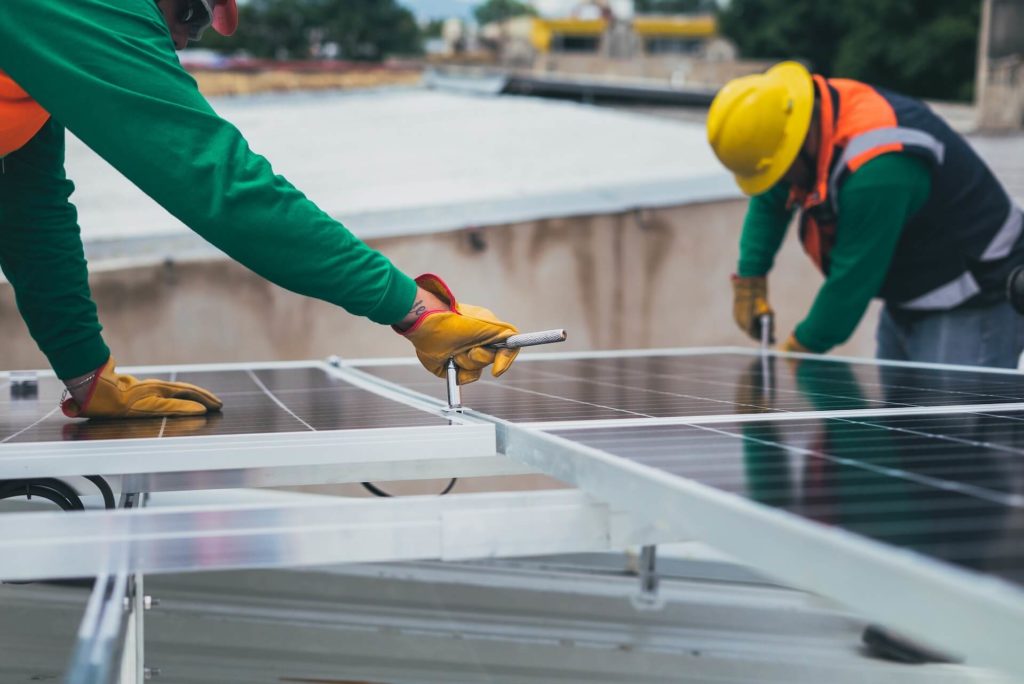A Guide to Carbon Planning for Businesses
We are all aware that something needs to be done to reduce our carbon footprint, but many of us have no idea where to start. For some of us, reducing emissions may be a requirement.
For example; Large government contracts worth over £5M must now submit a clear and credible carbon reduction plan; Britain’s new high-speed railway, the HS2 aims to make the project net zero carbon from 2035, achieved by following a Net Zero Carbon Plan. A number of local authorities require a whole-life cycle assessment for construction projects and both these and the £5M threshold could soon be adopted to include smaller contracts and businesses.
In addition, a strong carbon plan enables businesses to deliver low carbon strategies that are cost-effective and provide a social benefit. Businesses that implement carbon planning achieve the most socially cost-effective combination of low carbon strategies. Clearly, whether businesses are contracted to implement a carbon management plan or not, being one step ahead and organizing carbon emissions can be of huge importance to many businesses.
1. Measure
In carbon planning you need to set a baseline by measuring your current carbon footprint. To complete this you will need to decide what to include – and what to leave out. This is called setting your scope and boundary. It’s like deciding which rooms to paint and how many of the walls you are painting. You want to include all relevant emissions sources, and what is relevant is decided by what you have control over and what you are able to make changes to.
Making an inventory of the assets and activities of your business that are within your control: this is your list of carbon emission sources. If you have a large number of assets – such as a fleet of pumping systems – then you can record that list at a higher level such as at process level rather than individual component asset level.
Next, you’ll need to be able to calculate the amount of carbon emissions from each of these sources, and you’ll be doing this for one year’s worth of carbon emissions. Start by recording data that you already have against each of your assets and activities. For example, you might know the total amount of electricity used per site or per submeter, by all of your electrical equipment in kilowatt hours from your electricity invoice or from your meter reading. Or you may be operating a 12-kilowatt pump at 80% power for 5 hours a day and so could calculate in kilowatt hours the electricity used by that pump. Record either electricity in total kilowatt hours over a year or record an inventory of assets and sum up the total power requirement in kilowatt-hours for the year. For your baseline an annual figure of kilowatt hours of electricity is sufficient. Later more detail will allow you to create a carbon reduction plan itemized asset by asset, but at this stage we are looking to find your starting point.

Likewise, you’ll want to list items that use fuels directly on-site such as heating boilers that use gas, or assets that burn oil, all solid fuels or other gaseous fuels. And, again, the writing of the item or the amount of that fuel purchased for one year will give you in kilowatt hours a value for those assets.
You can repeat this for vehicles recorded in liters of fuel used, or you could calculate the carbon footprint from the number of miles covered by the vehicles. And then you want to include items such as water used, which can be completed from invoices in cubic meters of water purchased and wastewater treated.
Finally, you want to include materials used and also those disposed of. In an office you might be using office paper for printing or photocopying, you might be using cardboard or plastics, manufacturing using metals or glass, or constructing using aggregates – so a list of all of these items will form list of emission sources that you can calculate your carbon footprint from.
2. Calculate
Calculating your carbon emissions is not as tricky as it might sound. There are a number of online calculators, or you can consult the information provided by the government. This information is readily available from the UK government, the United States government, and the Canadian government, to name a few, so consult the relevant government information on carbon emissions. This will tell you how to convert kilowatt-hours of electricity, cubic meters of water, and miles were driven in a car, into carbon dioxide equivalents. If you add these numbers to your list you now have a list of assets and activities that are emission sources, the amount of relevant emissions for carbon dioxide, such as kilowatt hours of electricity or liters of diesel, and the emission figures from the government information multiplying the emission figures per liter or kWh by the number of liters or kilowatt hours gives you carbon dioxide equivalents in tons or kilograms for each individual item. A sum of these is your carbon footprint.

3. Reduce
Set realistic changes for each one of the assets and activities that are potential emissions sources. For example, you might be able to change your electricity tariff to an eco-tariff, whereby the electricity you purchase is generated by a renewable source such as solar panels or wind turbines. You might even be able to set a plan longer-term to fit solar panels of your own and so generate your own renewable electricity and reduce your reliance on the National Grid.
You could fit water saving devices, and so reduce the cubic meters of water, reducing at the same time the carbon dioxide equivalents associated with that water. You might elect, longer term, to buy electric vehicles instead of fossil fuel vehicles and even install charging points on the company premises and, with additional use of batteries, this could even be charged from solar panels.
The first thing to do at this stage is to reduce the demand for energy so you want to look at your assets and consider their efficiency. Any asset giving out too much heat, noise or vibration is running inefficiently, and the energy is literally being wasted. So, a maintenance intervention would reduce that wasted energy and automatically make your assets both more efficient and cost-effective but have the effect of reducing your carbon footprint too. Win-win.

4. Report
Now is the time to share with all of your stakeholders; your customers, your suppliers, your employees, your senior management, and the community. Let everybody know that you are on a carbon reduction journey. Let them know that you have measured your carbon footprint. Let them know that you have set yourself carbon reduction targets. Go forth and put the plans into action.
Monitor your success; with each new initiative measure electricity used before and after servicing machinery and equipment that had previously been inefficient, measure gas use before and after implementing insulation, calculate carbon emissions from diesel vehicles and compare them to the new calculation with electric vehicles. Monitor monthly over the year and in a year’s time remeasure your carbon footprint – and again tell the world how well you have done!
